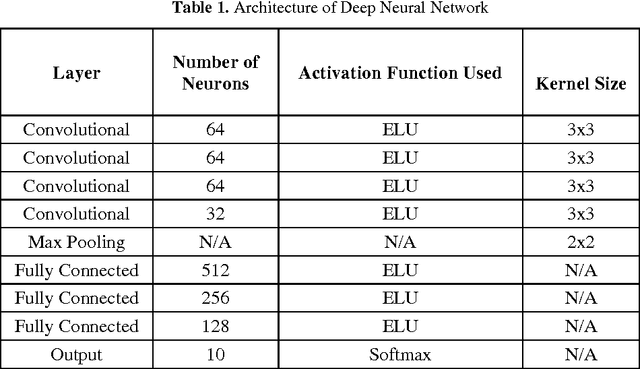A Novel Transfer Learning Approach upon Hindi, Arabic, and Bangla Numerals using Convolutional Neural Networks
Paper and Code
Jul 26, 2017



Increased accuracy in predictive models for handwritten character recognition will open up new frontiers for optical character recognition. Major drawbacks of predictive machine learning models are headed by the elongated training time taken by some models, and the requirement that training and test data be in the same feature space and consist of the same distribution. In this study, these obstacles are minimized by presenting a model for transferring knowledge from one task to another. This model is presented for the recognition of handwritten numerals in Indic languages. The model utilizes convolutional neural networks with backpropagation for error reduction and dropout for data overfitting. The output performance of the proposed neural network is shown to have closely matched other state-of-the-art methods using only a fraction of time used by the state-of-the-arts.
 Add to Chrome
Add to Chrome Add to Firefox
Add to Firefox Add to Edge
Add to Edge